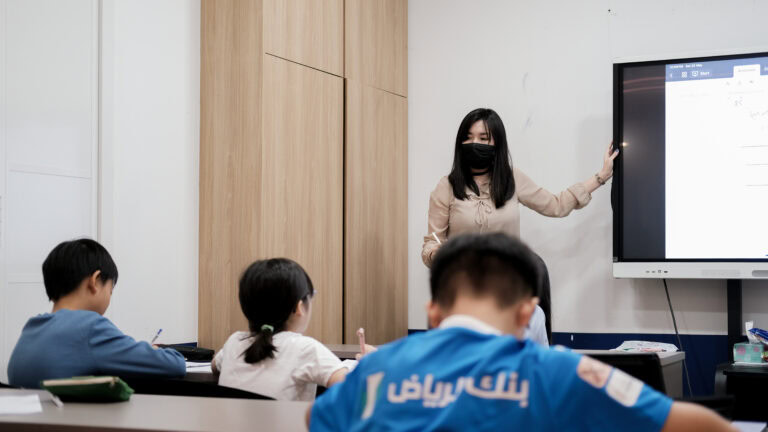If you’re a parent to a P5 student, you may be familiar with the Assumption method used to solve problem sums for Primary Math as your child would have encountered it for the first time in P4. If you’re a parent to a P4 student, this will be something new your child will encounter this year.
From our experience, we have noticed that most P4 students struggle to understand the method, while P5 students may be able to apply the method. However, more often than not, the P5 students have committed it to memory rather than understanding the concept. This is because the Assumption method is typically the first heuristic skill that a Primary student will be exposed to, making the transition from simple arithmetic sums to more complex problem sums a challenging one.
Fortunately, this transition does not have to be a difficult one which students find daunting. At Think Teach Academy, we believe in partnerships with parents and work closely with our parents to give our students the best possible chance to succeed. Over the years, we have provided our parents with Math teaching resources and guides so that they can help their children at home with their revision. Here is what a parent has to say about the resource:

In this article, we would like to help all parents to understand the Assumption method indepthly so that you can help your child, whether P4, P5 or even P6, to understand how to apply the method rather than simply memorising it. While memorising the method will gain your child the marks at P5 level, this will no longer be effective in P6 as Assumption questions in PSLE tend to vary in difficulties and forms. Thus a student would need to master the skill well in order to conquer all Assumption question types.
Here is a short video along with its PDF document to explain firstly, how to identify basic Assumption question types and secondly, how to apply the ADD technique to solving it. In our worked example, we have provided a simplified version of an Assumption question so that you and your child can better understand the technique. Enjoy!




